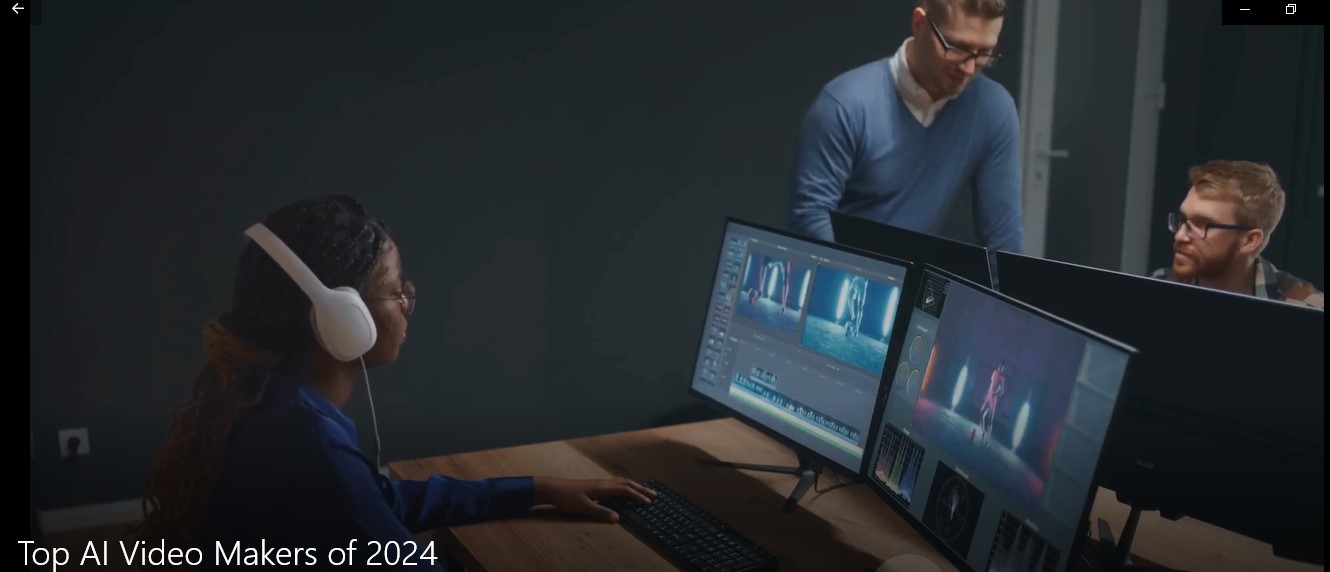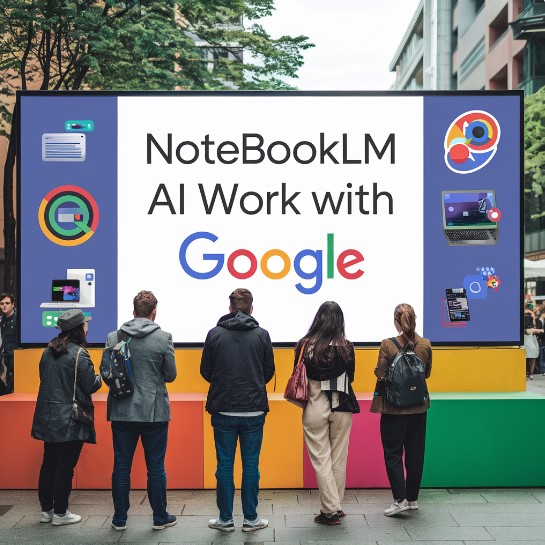Unlock the Power of AI Voice Translators

Artificial intelligence translation services are changing how we talk across languages. They make real-time translations possible, removing language barriers. AI voice translators lead this change, translating languages as we speak. They help us communicate better worldwide.
AI voice translators offer high accuracy and speed. They are crucial for both personal and work use. More people and businesses are using them to improve how we talk and work together. Now, talking across languages and distances is easier than ever.
Key Takeaways
- AI voice translators can facilitate real-time translations, breaking language barriers and enhancing global communication.
- Voice translation technology has the potential to improve accuracy and efficiency in communication, making it an indispensable tool for personal and professional use.
- Artificial intelligence translation services can help businesses and individuals communicate effortlessly, regardless of their language or location.
- AI voice translators can support multiple languages and dialects, making them valuable international communication tools.
- The use of ai voice translators can enhance user experience and improve customer satisfaction in various industries, including customer service and education.
- AI voice translators can be used in conjunction with other technologies, such as Azure AI services, to optimize resource management and enhance cost-effectiveness.
Understanding AI Voice Translators: The Future of Communication
AI voice translators are changing how we talk to each other in different languages. Thanks to real-time voice translation tech, we can now talk freely, no matter the language. This tech uses language translation software to understand and translate speech right away.
The tech works by first recognizing the spoken words. Then, it translates those words into the language we want to hear. It gets better with time, making our conversations clearer and more accurate.
Some big pluses of AI voice translators are:
- Real-time translation capabilities
- High accuracy and efficiency
- Ability to learn and improve over time
- Support for multiple languages and dialects
AI voice translators are reshaping how we talk to each other. They help us connect across languages and cultures. With real-time voice translation, we can overcome language barriers and talk more easily.
The Evolution of Language Translation Technology
Language translation technology has changed a lot over time. It has moved from simple software to advanced AI systems. Now, multilingual voice translator devices are at the top, offering great accuracy and speed. They use advanced speech-to-text technology for real-time translation, making it easier to talk across languages.
Important steps in this journey include neural machine translation (NMT) and cloud-based Translation Management Systems (TMS). These have made translations better and more consistent. This has led to higher quality and accuracy in translations.
The future looks bright for language translation tech. We can expect better advanced speech-to-text technology and more advanced AI systems. As more people want multilingual voice translator devices, we’ll see even better translations. This will help us understand and communicate more with people around the world.
Core Features of Modern AI Voice Translation Systems
Modern AI voice translation systems have changed how we talk to each other in different languages. They use artificial intelligence translation services to translate speech in real-time. This helps us communicate better worldwide, removing language barriers.
The voice translation technology in these systems is very advanced. It makes translations accurate and quick.
These systems have key features like real-time translation, support for many languages, and high accuracy. These features make AI voice translators very useful for both personal and work use. For example, Google Translate supports over 100 languages, offering a wide range. DeepL starts at $8.74 a month, with a 30-day free trial.
- They translate in real-time, making communication instant.
- They support many languages and dialects, making them useful for a global audience.
- They have high accuracy rates, ensuring reliable and efficient translations.
In summary, modern AI voice translation systems can change how we talk to each other in different languages. Their core features make them a must-have for anyone wanting to overcome language barriers.
Benefits of Using AI Voice Translators in Daily Life
AI voice translators change how we talk to people who speak different languages. They offer real-time voice translation, making it easy to talk to others. This helps break down language barriers and brings people closer together.
Traveling becomes easier with language translation software. Tourists can move around foreign countries without trouble. Businesses also benefit, reaching out to more people worldwide.
Using AI voice translators brings many benefits. Here are some:
- Enhanced communication across languages
- Improved travel experiences
- Increased business opportunities
- Real-time translation capabilities
- Support for multiple languages
AI voice translators open up new worlds. They help us connect with others globally and explore new cultures and business opportunities. As language translation software gets better, we’ll see even more ways AI voice translators help us every day.
Professional Applications and Business Implementation
Artificial intelligence translation services are changing how businesses work. They make corporate communication and customer service better. With multilingual voice translators, companies can talk to clients and partners from different languages.
This technology translates faster. Some companies see a 60% speed boost and a 70% cost cut. It’s a big win for businesses.
AI-driven translation helps companies enter new markets faster. For example, e-commerce sites can make product descriptions in many languages quickly. This way, they can reach more people without needing big translation teams.
Also, teams from different countries can work together smoothly. They can use real-time translation in chat apps or video calls. This makes decision-making quicker.
Some key benefits of using artificial intelligence translation services in business include:
- Improved communication with clients and partners from diverse linguistic backgrounds
- Increased translation speed and reduced costs
- Enhanced collaboration and decision-making processes
- Expanded reach into new markets
By using multilingual voice translators, businesses can serve their customers better. This technology helps everyone, big or small, manage websites or social media in many languages. It’s a game-changer for language access.
Breaking Down Language Barriers in Education
AI voice translators are changing education for students who don’t speak much English. They use voice recognition translation and advanced speech-to-text technology. This helps teachers talk better with their students, making classrooms more welcoming for everyone.
Tools like Timekettle’s real-time translation earbuds help students join in more. They work in schools, colleges, and training centers. They help break down language barriers, making communication easier.
Using AI voice translators in schools brings many benefits. For example:
- Students get more involved and interested in learning.
- Teachers and students can talk better with each other.
- Students who don’t speak much English can learn more easily.
- These tools work well in many educational places.
Advanced speech-to-text technology also helps with reading and supports students who are blind or have low vision. It gives them real-time voice translations. This makes learning more inclusive and supportive, leading to better grades for all.
Technical Requirements and Compatibility
To use AI voice translators well, knowing the technical needs is key. This includes hardware, software, and internet connection. It’s important to make sure everything works well together for the best results. Today’s language translation software needs certain specs to work right.
Some important things to think about are:
- Hardware needs: A good processor, enough memory, and a steady internet connection are needed for smooth use.
- Software specs: It must work with many operating systems and devices to be widely used.
- Internet needs: A fast and stable internet connection is needed for quick translations and keeping data in sync.
Also, picking the right language translation software matters a lot. For example, Google Translate and Microsoft Translator are my favorites. They have strong features and support many languages.
In short, knowing the technical needs and compatibility of AI voice translators is crucial. It ensures they work well and that users are happy.
| Language | Locale | Fast Transcription Support |
|---|---|---|
| Afrikaans | South Africa | No |
| Arabic | United Arab Emirates | No |
| English | United States | Yes |
Overcoming Common Translation Challenges
AI voice translation has made big strides, but it still faces hurdles like dialects, idioms, and cultural nuances. Real-time voice translation systems use advanced algorithms to tackle these issues, offering better translations. A multilingual voice translator helps connect people from different languages and cultures.
Some common translation challenges include:
- Dialects and regional variations
- Idioms and colloquial expressions
- Cultural nuances and references
AI-powered real-time voice translation systems can learn and adapt to various languages and cultures. A multilingual voice translator improves communication in places like business meetings, schools, and hospitals.
In summary, real-time voice translation and multilingual voice translator systems can conquer common translation hurdles. They make communication more accurate and effective across languages and cultures.
Privacy and Security Considerations
As artificial intelligence translation services grow, privacy and security worries rise. Voice recognition translation can risk sensitive info. It’s key to have strong data protection and to follow rules.
Some important points to think about are:
- Make sure user data is safe and not kept forever
- Have clear privacy rules to protect personal info
- Follow laws like GDPR and ISO/IEC 27018
Companies like Microsoft are working on these issues. For instance, Microsoft Translator Pro doesn’t keep customer data. All data stays in the company’s Azure subscription. Microsoft also follows strict privacy laws and works on fixing translation biases.
Putting privacy and security first helps artificial intelligence translation services be safe and trustworthy. As voice recognition translation gets more popular, we must stay alert. We need to make sure these technologies are used wisely.
Future Developments in Voice Translation Technology
The future of voice translation technology looks bright. We can expect better accuracy, more languages supported, and easier-to-use interfaces. Advanced speech-to-text technology will be key in these improvements. It will make talking across languages more efficient and effective.
One big area of focus is adding multilingual voice translator features to many devices. This means better language models that can handle complex words and accents.
These advancements could bring many benefits. For example:
- More accurate and efficient voice translations
- Support for more languages, helping people communicate worldwide
- Easier-to-use interfaces, making voice translation tech more accessible
As voice translation tech grows, we’ll see new and exciting uses. From advanced speech-to-text technology to multilingual voice translator features, the future is full of promise.
Conclusion: Embracing the AI Voice Translation Revolution
The world is getting more connected, making language translation key. AI voice translators are changing how we talk across languages. They can translate speech in real-time, supporting over 25 languages, and handle billions of minutes of talks each month.
In work settings, like international meetings and customer service, AI translators are a big help. They make work better, happier, and cheaper. Schools also use them to teach in many languages, making learning more inclusive.
The future of AI voice translation looks bright. As technology gets better, these tools will understand and translate even more accurately. By using AI translators, we can connect and work together better, driving innovation in our diverse world.








